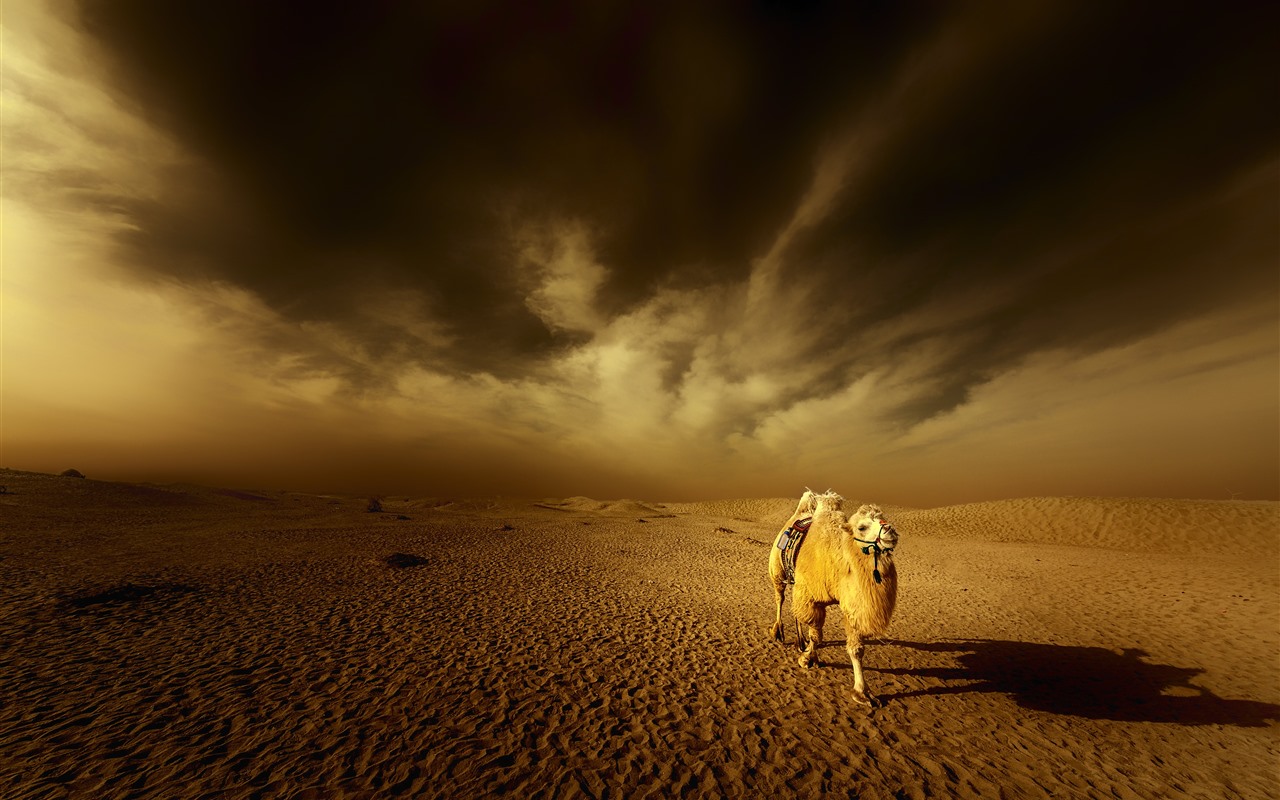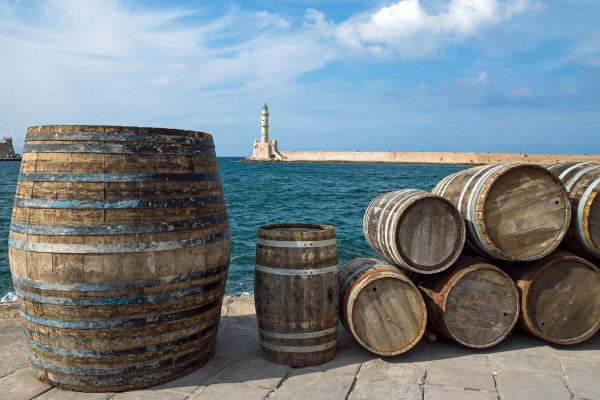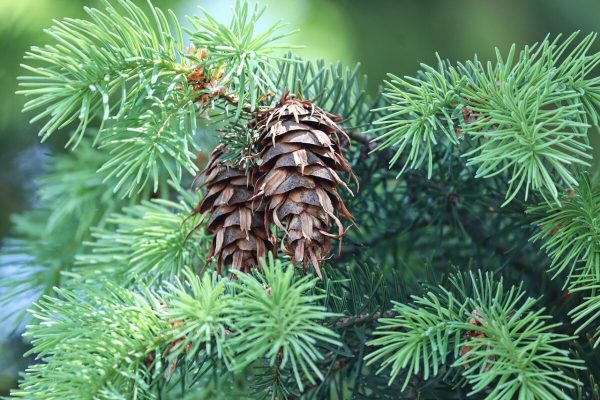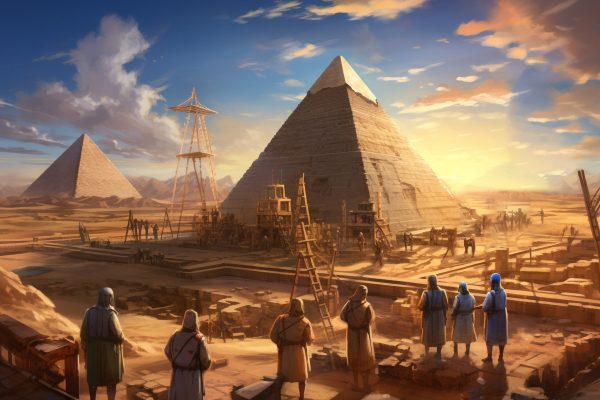An international team of scientists has discovered an extensive complex of rock paintings dating back more than 12,000 years in the Nefud Desert. They were created by groups of people who recolonised the interior of the Arabian Peninsula after a period of extreme drought.
The vast expanses of the Nefud Desert in northern Saudi Arabia hold a secret in stone that, after millennia of silence, is beginning to be deciphered by a consortium of archaeologists who have discovered what is considered one of the earliest and most ambitious artistic and symbolic projects in the prehistoric history of the region. We are talking about more than 176 strikingly naturalistic life-size carved animal figures decorating the rocky slopes of three previously unexplored mountain ranges: Jebel Arnaan, Jebel Mleiha and Jebel Misma.
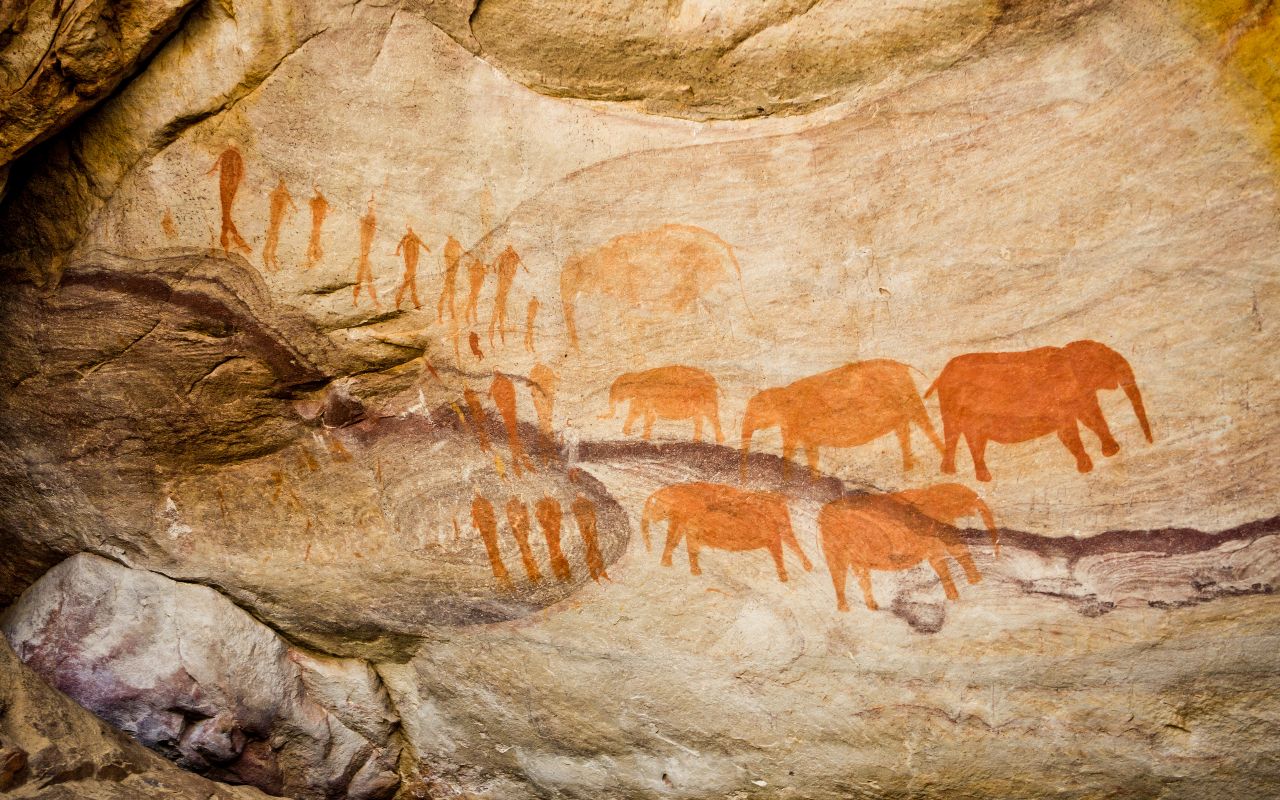
This monumental heritage, dating from 12,800 to 11,400 BC, is direct evidence of the existence of the first groups of people who ventured into the interior of the Arabian Peninsula after the extremely arid conditions of the last glacial maximum (PM). The discovery was the result of the Green Arabia project, an initiative bringing together the Cultural Heritage Commission of the Saudi Arabian Ministry of Culture, the Max Planck Institute for Geoanthropology, King Abdullah University of Science and Technology (KAUST), University College London, and the Australian Research Centre for Human Evolution at Griffith University, as well as other organisations.
The research, which led to the identification of more than 60 rock art images, focused on the southern edge of the Nefud Desert. The images of camels, mountain goats, horses, gazelles and aurochs vary in size and accuracy. Of the 176 documented figures, 130 are life-size and rendered in a distinctly naturalistic style. Some images of camels are up to three metres long and over two metres high, visually dominating the landscape from the rocks.
The dating of these works places them in an important climatic period, immediately after the GMA, characterised by the return of seasonal water sources to the region. The team’s analysis of sedimentary rocks confirmed the existence of these drying water bodies, which served as beacons of life in a hostile territory, ensuring survival and contributing to the expansion of human populations into the interior of the desert. It was in conditions of relative abundance of water that the artistic tradition we discovered flourished.
Dr Maria Guanyin, a researcher at the Max Planck Institute for Geoanthropology and lead author of the study, emphasises the profound social significance of these creations. According to Guanyin, these large engravings are not just rock art. Their scale and location suggest that they probably served to demonstrate presence, access to critical resources, and markers of a particular cultural identity. She suggests that these works served as a clear and long-term expression of the group’s connection to its territory.
This interpretation is supported by Dr. Kerry Shipton, co-author of the study and archaeologist at the Institute of Archaeology at University College London, who points to the cartographic and mnemonic function of this art. The rock carvings mark water sources and travel routes, and may also have symbolised territorial rights and intergenerational memory transmitted through these powerful images, explains Shipton.

The uniqueness of this art group and its difference from other known monuments, where engravings are often found in crevices or hidden places, lies in their location in visually dominant places. At Jebel Mleiha and Jebel Arnaan, the panels were carved into cliffs up to 39 metres high, transforming the landscape into a giant open-air gallery.
The execution of some of these works required considerable physical effort and obvious risk, as prehistoric artists had to climb and work on narrow ledges and in dangerous positions, highlighting the paramount importance that these communities attached to the engraving process.
The broader archaeological context suggests that these groups were not isolated. Among the artefacts found nearby are Levantine-style stone points classified as El-Hiam and Helwan, as well as green pigment beads and dentalium . These items indicate distant connections with the Pre-Pottery Neolithic (PPN) populations of the Mediterranean Levant, evidence of a network of exchange and interaction that extended beyond the Arabian Peninsula.
However, despite these contacts, the scale, content and location of the carved figures represent a unique cultural tradition. Dr Faisal Al-Jibrin of the Cultural Heritage Commission of the Saudi Arabian Ministry of Culture emphasises this point. ‘This unique form of symbolic expression belongs to a distinctive cultural identity adapted to life in arid and challenging conditions,’ Al-Jibrin asserts. ‘These images are not simply copies of foreign styles, but a unique manifestation of a society that has developed its own solutions and worldview in the heart of the desert.’
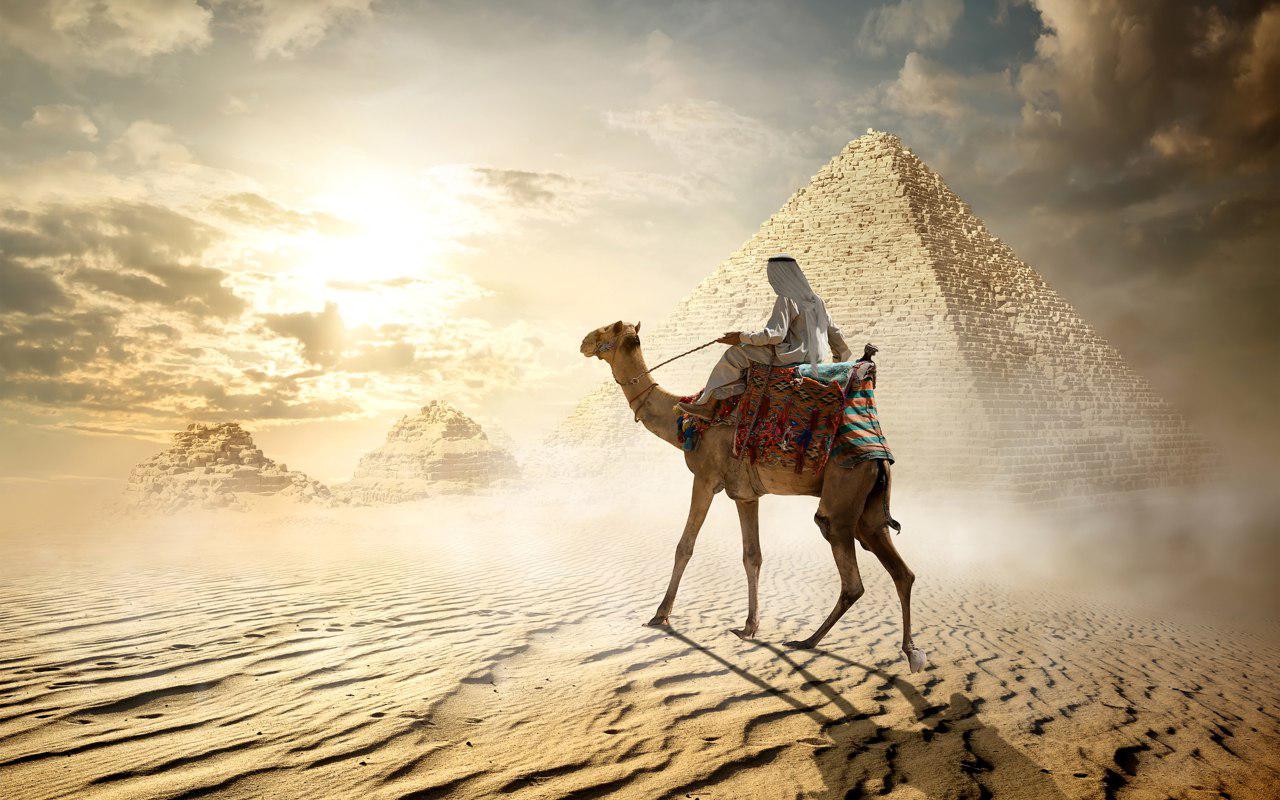
Professor Michael Petralia, director of the Australian Centre for Human Evolution Research at Griffith University and head of the Green Arabia project, views the discovery in a broader historical perspective. The project’s interdisciplinary approach has begun to fill a critical gap in the archaeological record of northern Arabia from the last glacial maximum to the Holocene, Petralia notes.
This gap, spanning millennia and crucial to understanding human expansion, now sheds light on the resilience and innovation of the first communities that inhabited and humanised the deserts, leaving behind giant shadows of the past that are beyond the reach of time.

